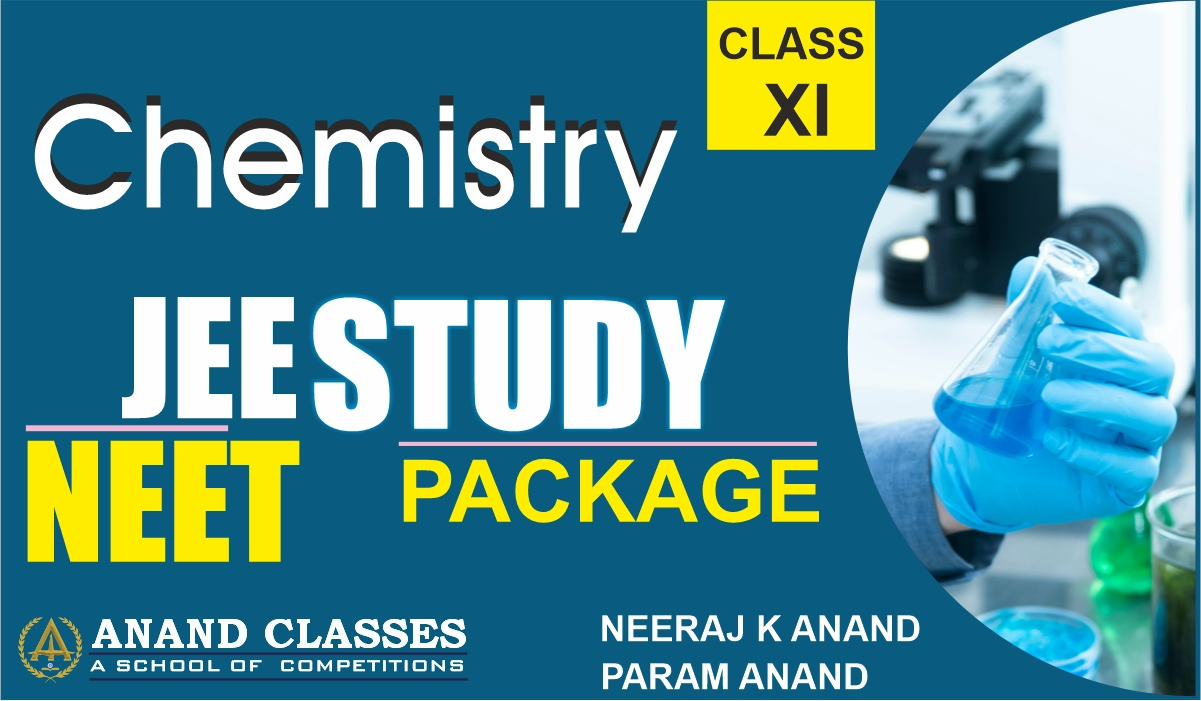Coordination Compounds-Coordination Entity, Central atom/ion, Ligands, Coordination number, Coordination sphere, Coordination polyhedron, Oxidation number, Homoleptic & heteroleptic complexes, FAQs
What is Coordination Compound ? Coordination compound is made up of a central metal atom or ion that is surrounded …


